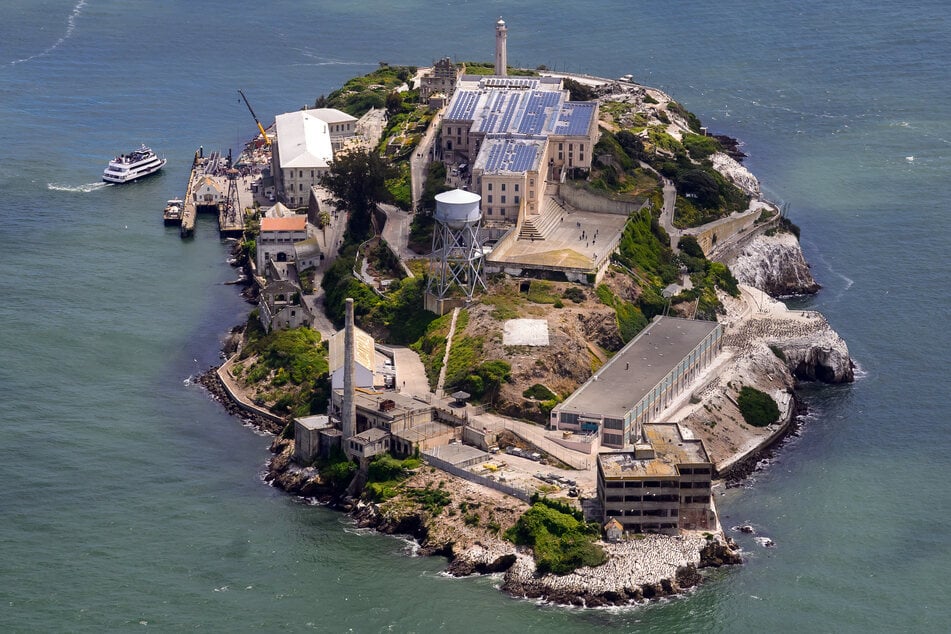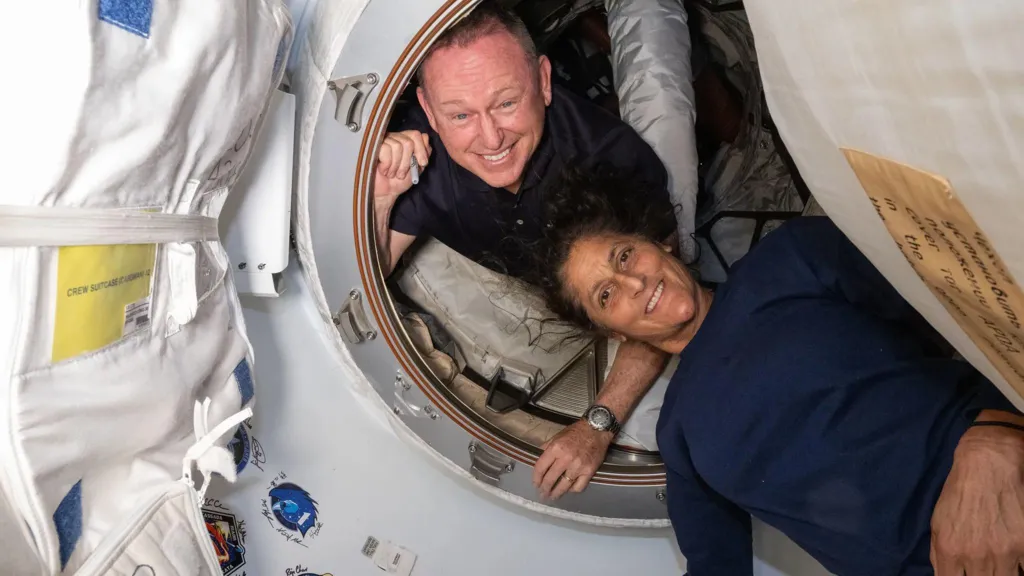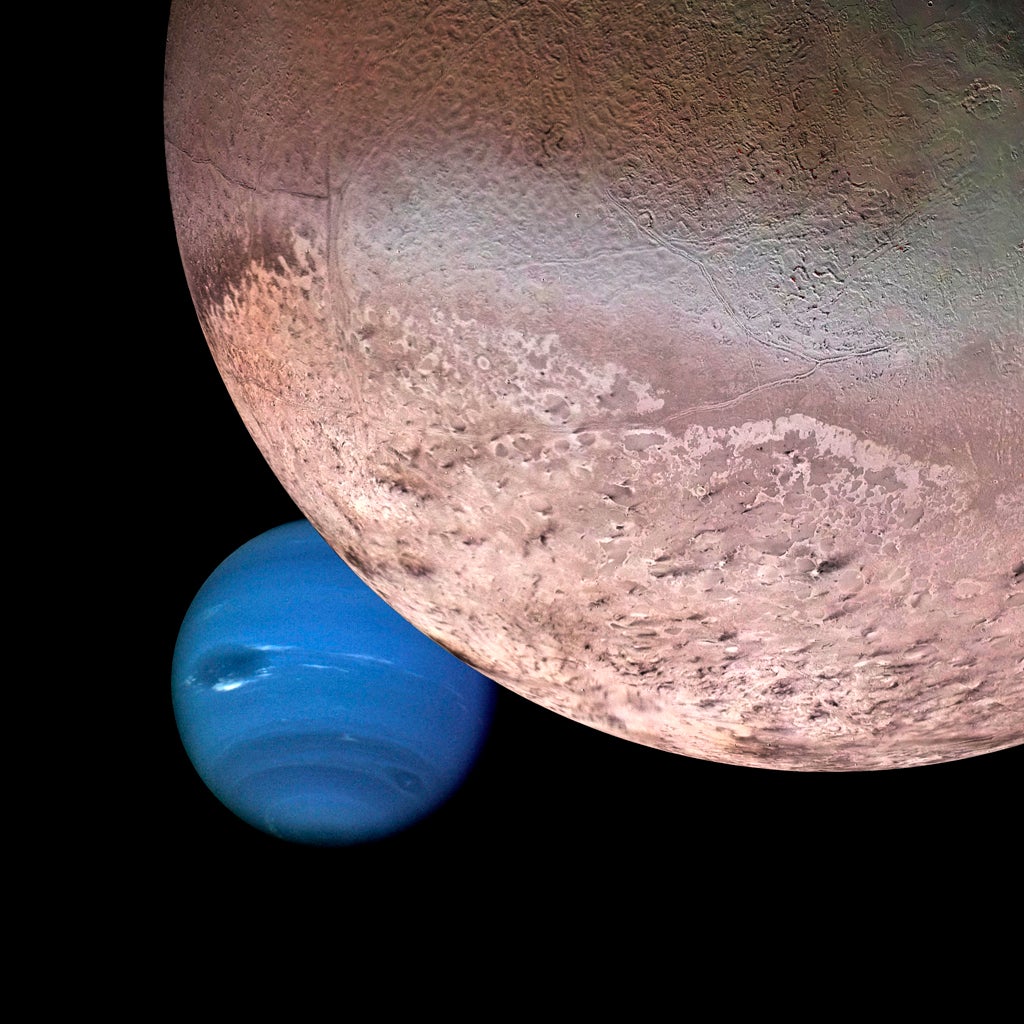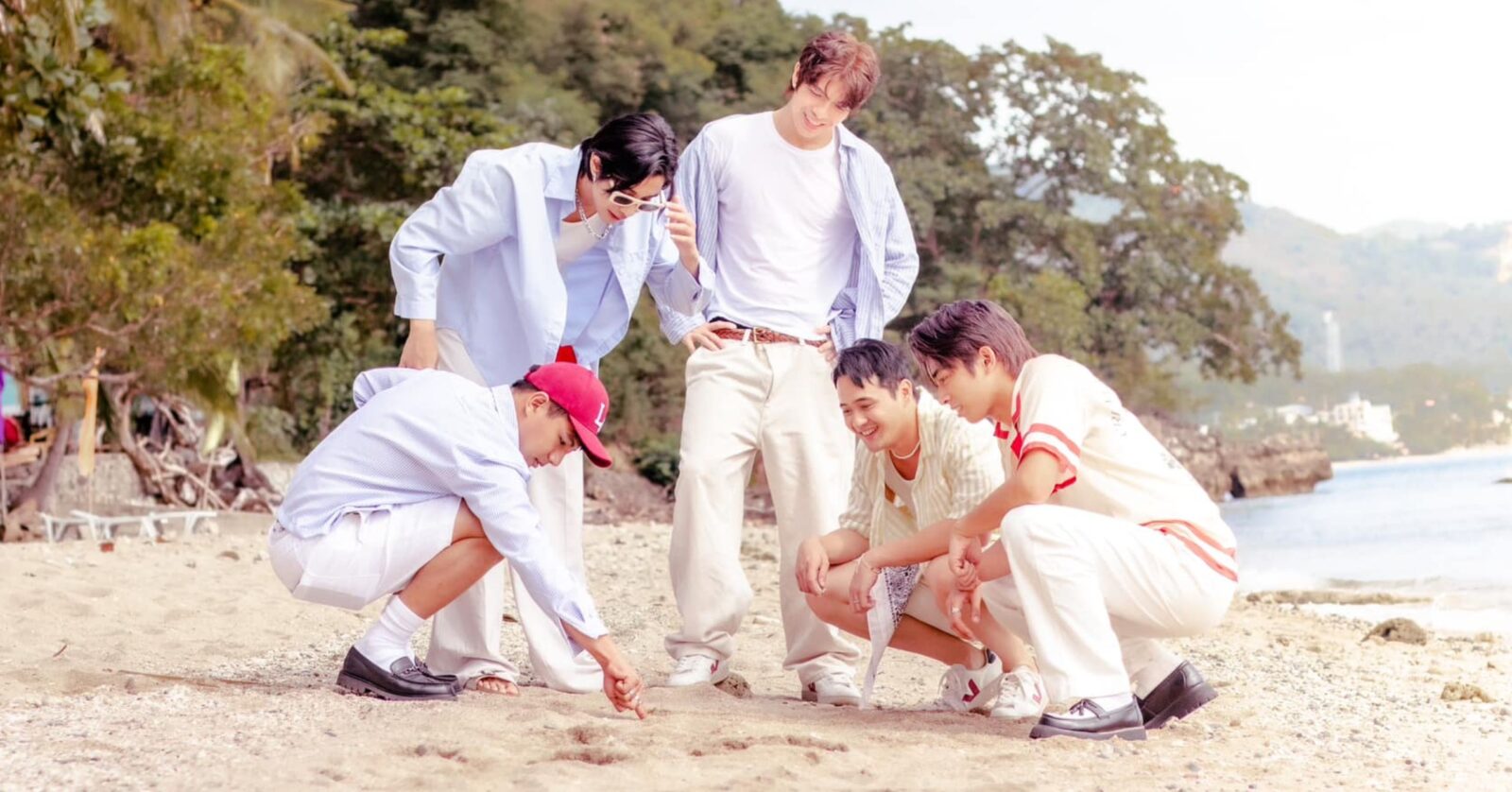NASA Astronauts Describe Astonishing Body Changes After Nine Months in Space

NASA astronauts Butch Wilmore and Suni Williams have shared the remarkable physical transformations they experienced after spending nine months aboard the International Space Station (ISS). Initially set for an eight-day mission, their journey extended significantly due to technical challenges with their Boeing Starliner spacecraft, forcing them to remain in space far longer than planned. They finally returned to Earth on March 18, 2025, aboard a SpaceX Dragon capsule, alongside fellow NASA astronaut Nick Hague and Russian cosmonaut Aleksandr Gorbunov.
The Human Body’s Adaptation to Space
Upon their return, Wilmore and Williams detailed the "miraculous" ways their bodies readjusted to Earth's gravity. Williams noted how all returning astronauts initially felt "wobbly" upon exiting the capsule but were surprised at how quickly their neurovestibular systems adapted within 24 hours.
"It's really a miracle to see how your human body can adapt," Williams remarked. "The first day we got back, when all of us came down the ladder and greeted everybody, we were all a little bit wobbly at that time."
The Physical Impact of Microgravity
Long-term exposure to microgravity can have significant effects on the human body. Without gravity's constant pull, astronauts experience changes such as weakened bones, muscle atrophy, and even shifts in fluid distribution. According to NASA, bone density decreases by approximately one percent per month in space unless astronauts engage in rigorous exercise routines to counteract the loss.
Another notable effect is the redistribution of bodily fluids. In microgravity, blood that normally pools in the lower body shifts toward the head and brain, causing facial puffiness and intracranial pressure. Upon returning to Earth, the abrupt shift back to normal gravity can make astronauts feel lightheaded or even disoriented.
The Challenges of Re-Entry
Returning to Earth is another intense phase of the journey. Wilmore described the experience of re-entering the atmosphere inside the SpaceX Dragon capsule as "thrilling" but also "weird."
"Returning from space to Earth through the atmosphere inside of a 3,000-degree [Fahrenheit] fireball of plasma is weird, regardless of how you look at it," he explained.
He also emphasized the immense structural pressures the capsule endures during descent. "It was ongoing as the drogues came out, and the whole capsule started shaking and twisting. Then the parachutes open up, and there’s not a better feeling returning from space than when the parachutes open and they work."
The Future of Space Travel
As NASA and private space companies continue pushing the boundaries of human space exploration, extended missions in microgravity environments will become more common. The experiences of Wilmore and Williams provide valuable insights into how the human body copes with prolonged space travel and how future astronauts can better prepare for the physical challenges of deep-space missions.
With plans for Mars missions and beyond, these findings are crucial for ensuring the health and safety of astronauts venturing further into the cosmos.
What's Your Reaction?












/https://tf-cmsv2-smithsonianmag-media.s3.amazonaws.com/filer_public/54/66/546650fa-26a4-40fd-8d6d-5a7a04540f81/rosetta2.png)
:max_bytes(150000):strip_icc():focal(999x0:1001x2)/robert-prevost-050825-1-39395418ab494da5a3a700c9478e66c8.jpg)















































format(webp))
format(webp))

























